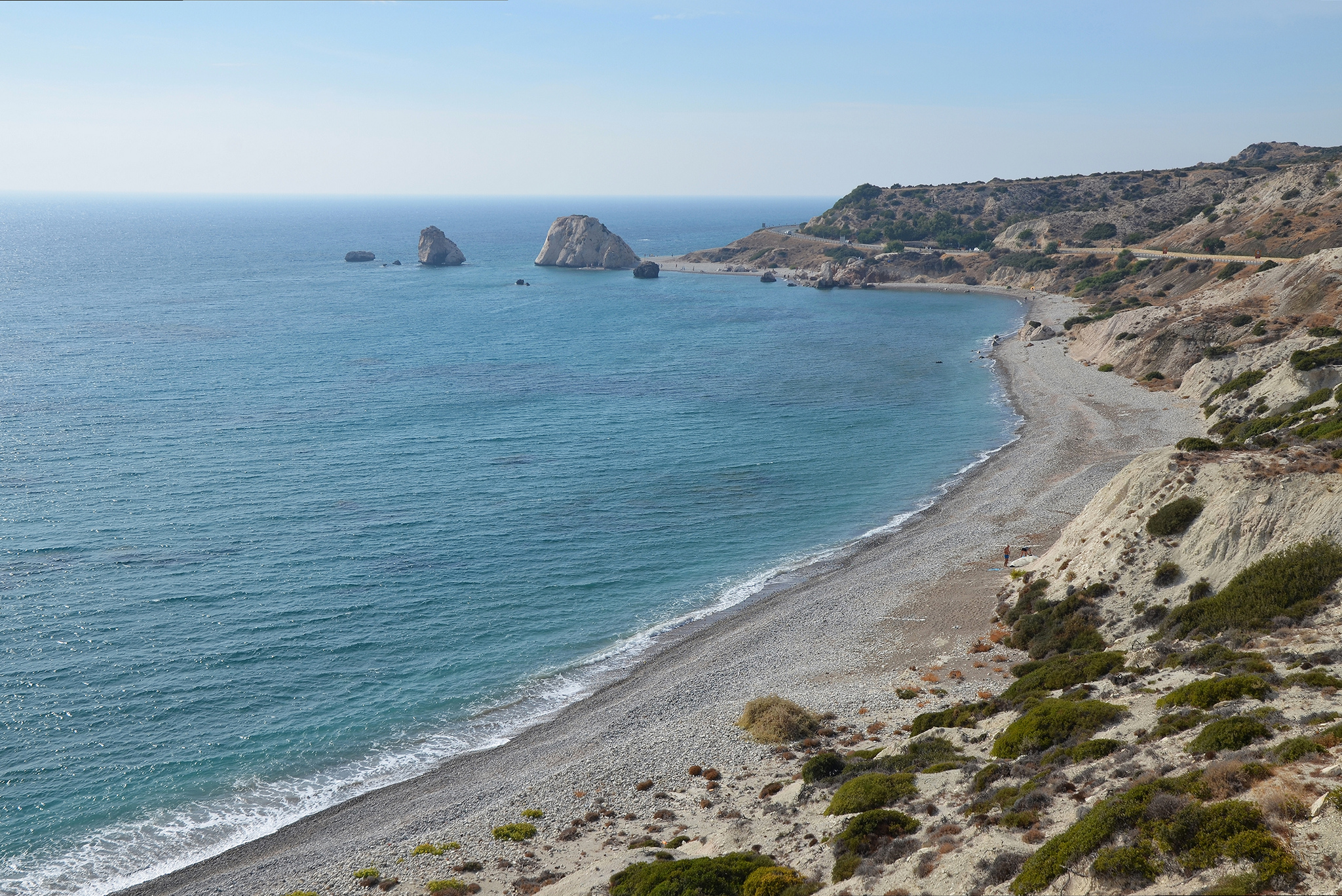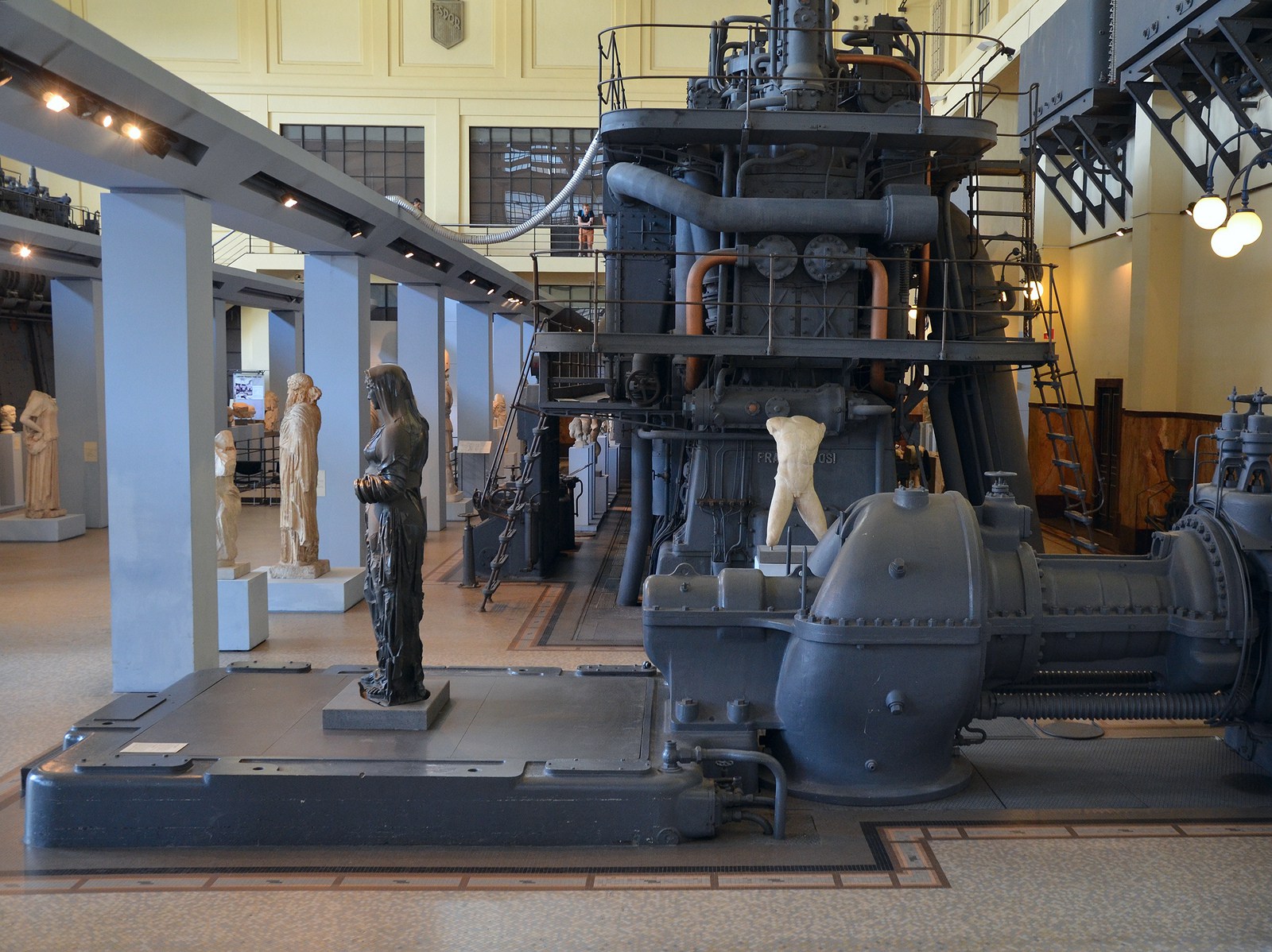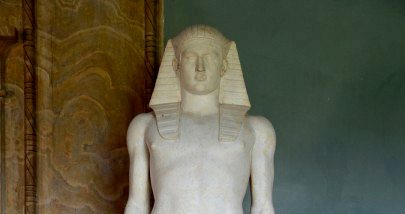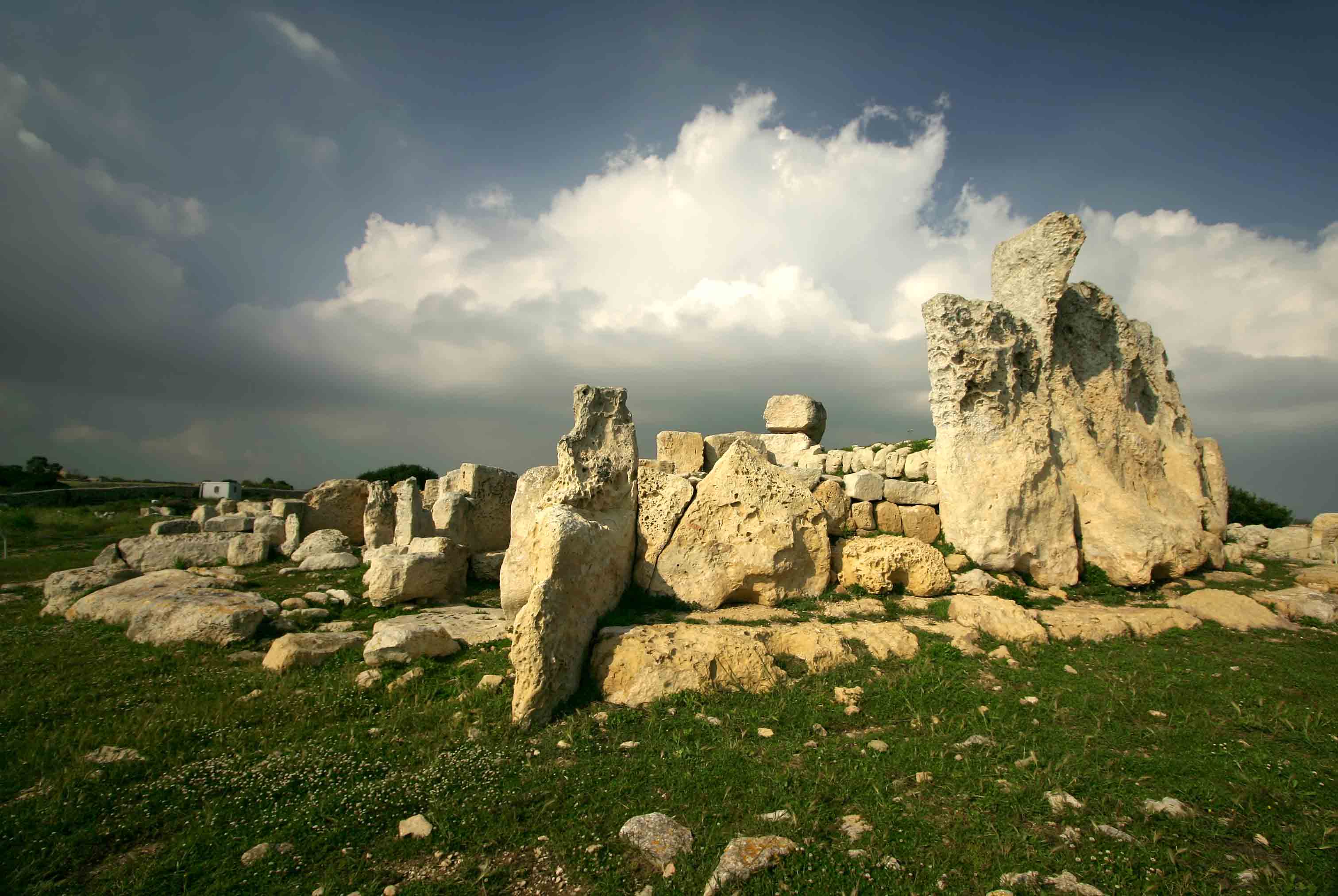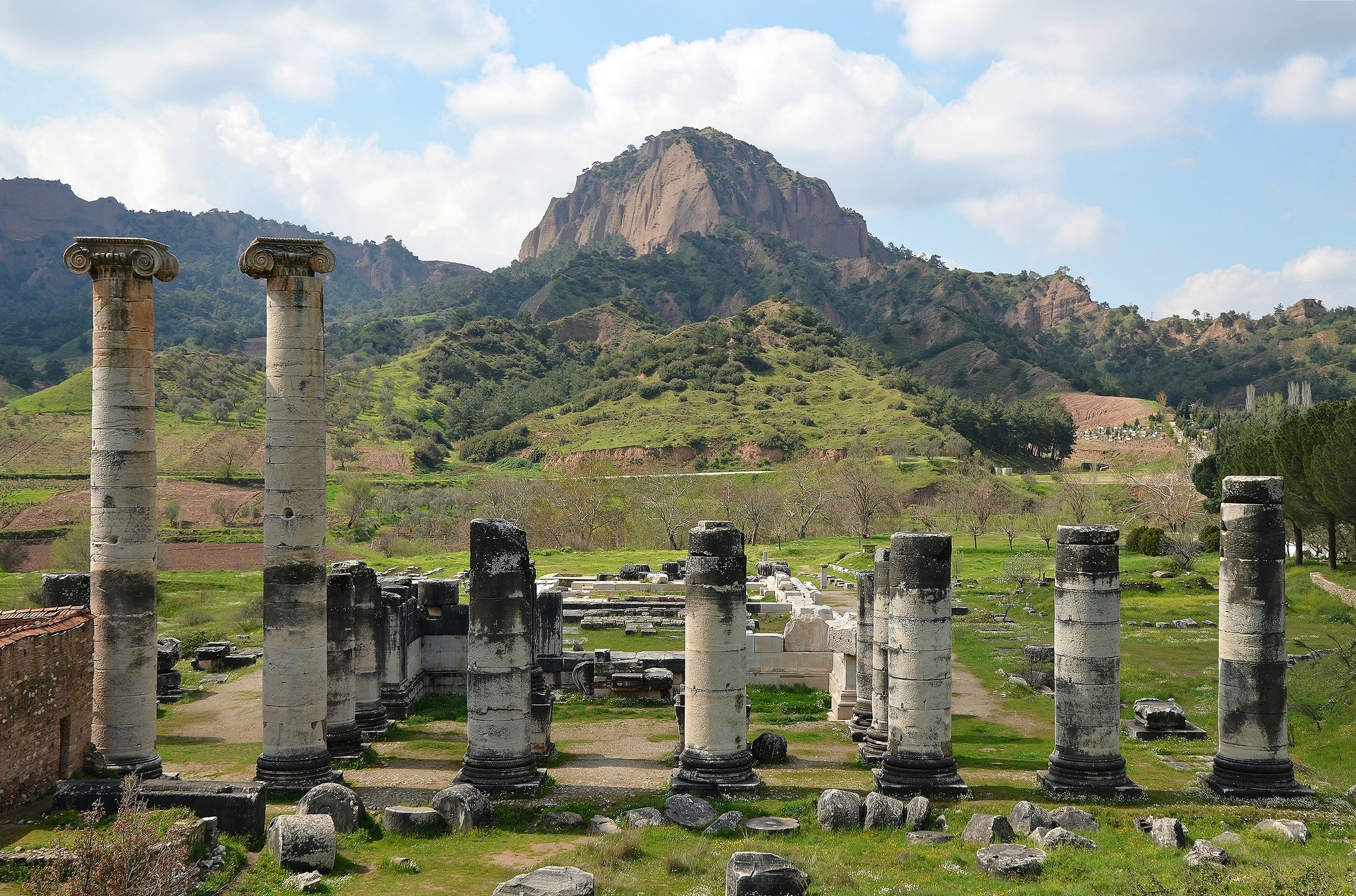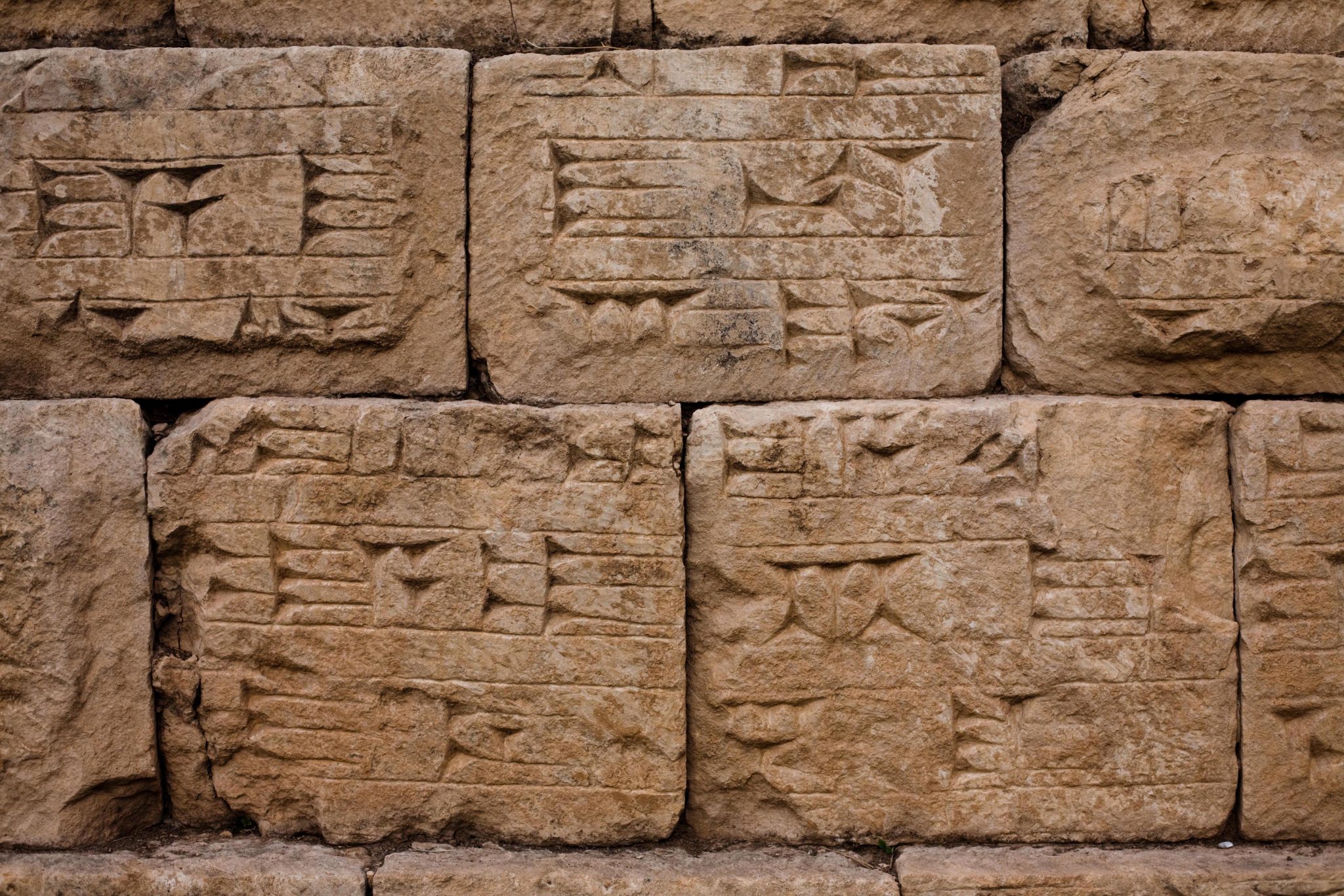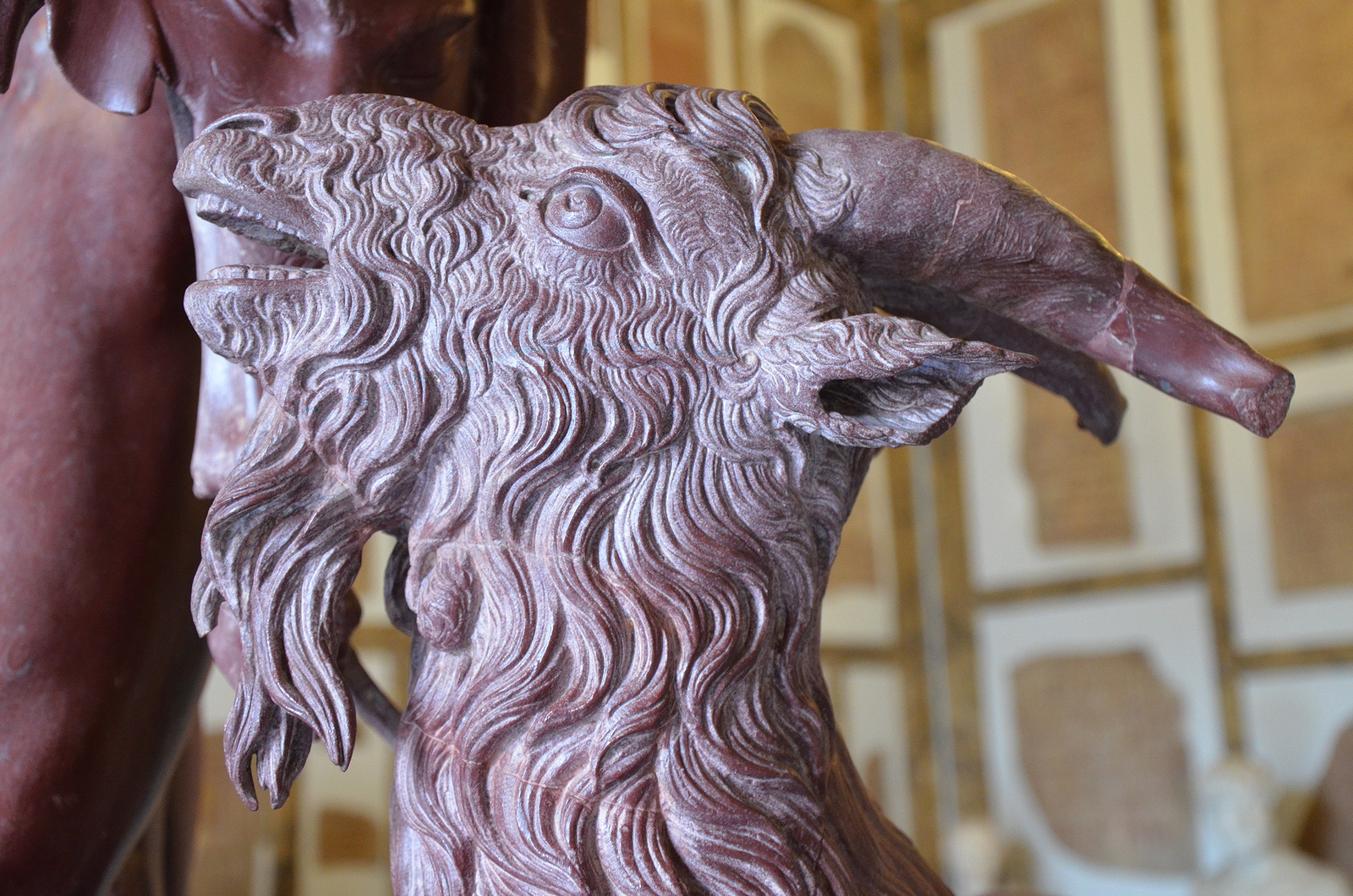Apollo was considered an epitome of youth and beauty, source of life and healing, patron of the civilized arts, and as bright and powerful as the sun itself. He was, arguably, the most loved of all the Greek gods. Although he was associated with many positive aspects of the human condition such as music, poetry, and medicine, the god also had his darker side as the bringer of plague and divine retribution. Most famously as the remorseless slayer of Niobe’s six sons as punishment for her boasting and as the flayer of Marsyas after his presumptuous claim to be more musically gifted than Apollo himself. Objects traditionally associated with the god include: a silver bow, a Kithara or a lyre, a laurel branch, the omphalos of Delphi, and a palm tree. These can be variously seen in the many depictions of Apollo from Archaic, Classical and Hellenistic Greece and through to Roman times. Greek Apollo

